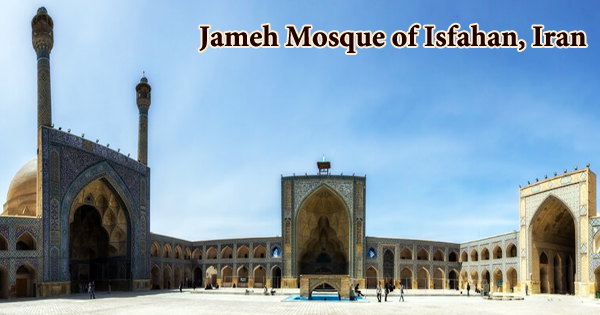Urban planning is a multidisciplinary topic concerned with the creation and shaping of cities and urban regions’ physical, social, and economic characteristics. It is a technical and political process that focuses on the development and design of land use and the built environment, including air, water, and the infrastructure passing into and out of urban areas, such as transportation, communications, and distribution networks, as well as their accessibility. It is also known as town planning, city planning, regional planning, or rural planning.
Its major purpose is to build places that are sustainable, useful, and visually pleasant for people to live, work, and play in. Land use, transportation, housing, infrastructure, environmental sustainability, and community well-being are all elements that urban planners must consider. Many professional practitioners of urban planning, particularly those with the title “urban planner,” study urban planning education; others study and work in urban policy – the aspect of public policy used in the public administration subfield of political science that is most aligned with urban planning.
Traditionally, master planning the physical structure of human communities was done from the top down. The fundamental concern was public welfare, which covered efficiency, sanitation, environmental protection and utilization, as well as the consequences of master plans on social and economic activity.
Here are some key aspects of urban planning:
- Land Use Planning: This entails deciding how land in a city or metropolitan region is assigned for various reasons such as residential, commercial, industrial, recreational, and green spaces. These judgments are guided by zoning restrictions and land use policies.
- Transportation Planning: Urban planners think about how people and things flow across a city. They design transportation networks such as highways, public transportation systems, bike lanes, and pedestrian pathways to improve mobility and alleviate congestion.
- Housing and Residential Planning: Housing demands are addressed by planners by establishing the kind, density, and location of housing constructions. They intend to provide a variety of housing options to fit different income levels and lifestyles.
- Infrastructure Planning: This includes planning for essential services like water supply, sewage, electricity, and waste management. Infrastructure must be designed to support current and future population needs.
- Environmental Sustainability: Urban planners work to minimize the environmental impact of urban development. This involves promoting green spaces, sustainable building practices, energy-efficient transportation, and waste reduction strategies.
- Community Engagement: Public participation is crucial in urban planning. Planners engage with community members to gather input, address concerns, and ensure that urban development aligns with the needs and desires of the local population.
- Economic Development: When developing metropolitan areas, planners take into account economic variables such as job generation, business development, and tax revenue. They seek to promote economic progress while preserving a good standard of living.
Urban planning is a dynamic subject that adapts to cities’ changing demands and challenges. Effective urban planning can lead to higher quality of life, more economic opportunities, less environmental impact, and overall sustainability in cities. Collaboration among government agencies, urban designers, architects, economists, environmentalists, and the local community is common.
















